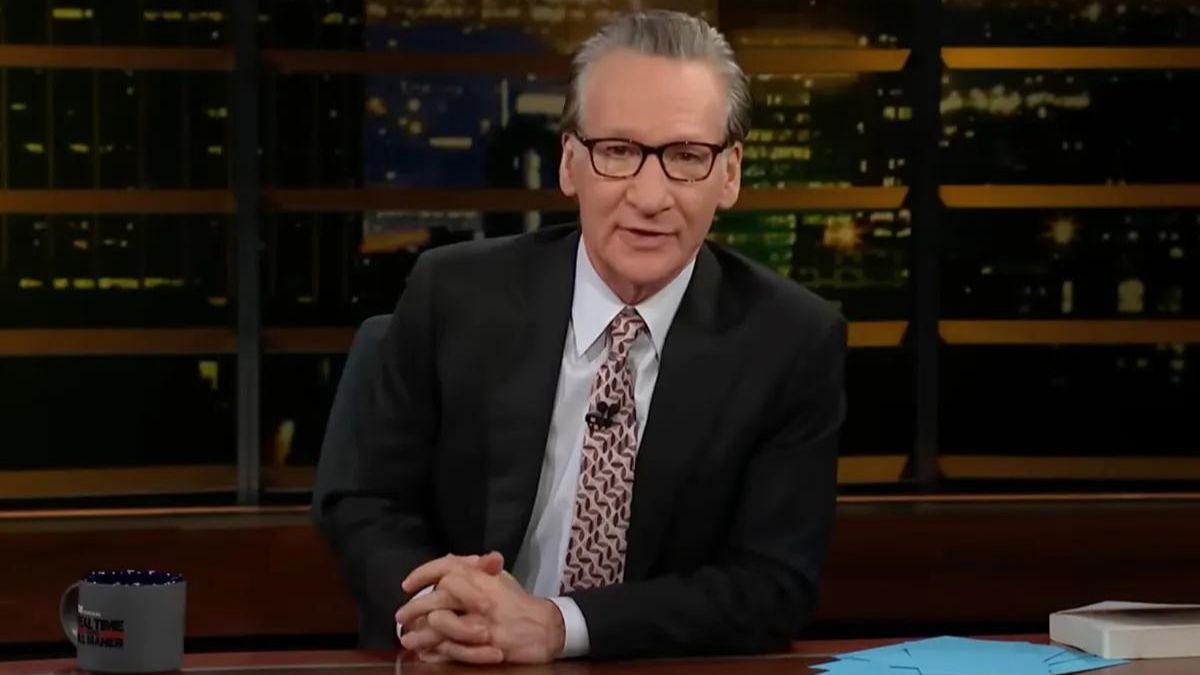

BreakPoint
Pretzel Logic
The Supreme Court recently heard oral arguments in the appeal of two circuit court decisions upholding the right of assisted suicide—easily the most important cases the Court has heard in years. But the Court, judging by the colloquy from the bench, appears strangely hesitant to follow its own logic and legalize assisted suicide. Why this sudden attack of squeamishness from a Court that didn’t hesitate to sign the death warrants of 34 million unborn babies? I suspect the justices know that if they legalize physician-assisted suicide—euthanasia—they will forever alter the abortion debate. That’s because euthanasia is the logical consequence of the abortion decisions. The two circuit courts affirming euthanasia did so on the language of Casey v. Planned Parenthood, the Supreme Court’s 1992 abortion position. And Harvard Law Professor Laurence Tribe yesterday openly used Casey to argue for legalized euthanasia. Tribe told the Court that “the person who is dying in intolerable pain or torment faces suffering that is too intimate and personal for the state to insist that [the patient] bear it.” But the very justices who wrote Casey seem to be backing away from extending Casey’s logic to euthanasia. One of Casey’s authors, Judge David Souter, said that “for the Court to make [euthanasia] legal now would just be guesswork.” Before the Court can make an informed decision, he added, more experience from around the world may be needed. Really? Lack of experience with abortion didn’t stop the Court 24 years ago when it foisted Roe v. Wade on America. And isn’t the test the words of the Constitution—not experience? Even the Clinton administration, which never met an abortion it didn’t like, has weighed in against assisted suicide. Walter Dellinger, U.S. solicitor general who is arguing on behalf of the Clinton administration, found himself in the difficult position of trying to draw a distinction between killing an unborn child and killing oneself. Dellinger told the Court, with a straight face, “It would be a grave mistake for the Court to impose on 50 states what has never been tried in a single state.” What accounts for this sudden caution by the Court and turnabout by the Clinton administration? Why are they now engaging in legal contortions that would make gymnast Kerri Strug proud? The answer is the more than 40 million Americans covered by the Americans with Disabilities Act. Extending the Casey decision to include euthanasia could turn every one of these folks and their families into ardent pro-lifers. Unlike the 34 million children killed by abortion, these folks can be heard—and they’ve caught on to the abortion-euthanasia connection. As the disabled protesters in front of the Court made clear, they will fight the spread of the culture of death every inch of the way. Energizing these folks would forever change the abortion debate. Therefore, the Clinton administration and the Court have concluded, I suspect, that it’s better to sacrifice euthanasia and save abortion rights. This is extraordinarily significant, because the Court, for the first time since Roe, may now try to back away from its aggressive pursuit of individual autonomy and privacy rights. It may oppose euthanasia, maybe for the wrong reasons, but at least oppose it. It isn’t often that your opponents so dramatically hoist themselves on their own petard. But our opponents have done it: They’ve been exposed, and we shouldn’t let them off the hook.
01/9/97















